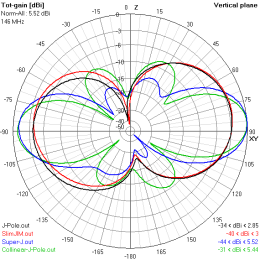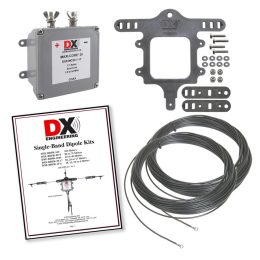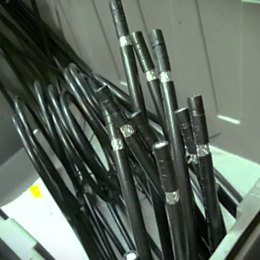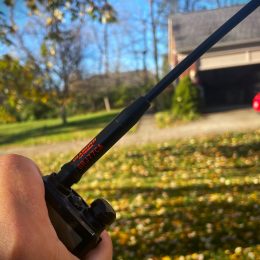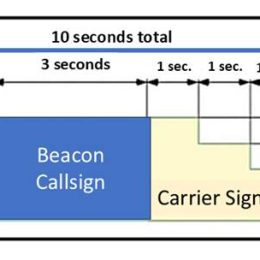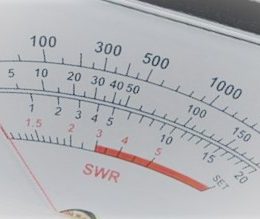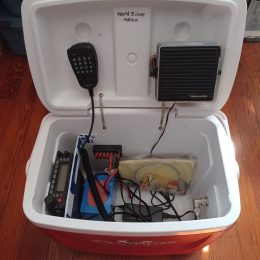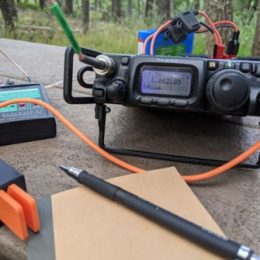Antenna Tech
Copper Cactus. Steampunk Stick. Slim Jim. Whatever you call it, the J-pole antenna is a reliable alternative to verticals and ground planes for VHF/UHF communication. Due to their simple construction, […]
Q&A
What do you do if you’re an amateur radio enthusiast who wants to get full enjoyment out of your favorite hobby without drawing the attention of your homeowner’s association or […]
Antenna Tech
The world of ham radio is filled with in-depth specs and technical jargon that could make an average person’s head explode. Folks just starting out in amateur radio may fall […]
Field Day
Check Out What’s New in 2025 for this Challenging and Rewarding Exercise Winter Field Day (WFD)—ARRL Field Day’s frostier cousin—is scheduled for the weekend of January 25-26, 2025. It’s a […]
Cable & Coax Tech
When it comes to coax cable, most hams would agree that too much is better than not enough. Adding more cable on the fly is tough, especially when crawling around […]
Antenna Tech
Open the box of a new handheld radio and you’ll find the usual stuff—the radio, battery, charger, belt clip, “rubber duck” antenna, and instruction manual. Looking at rubber ducks from […]
Technical Articles
What are the current propagation conditions like? You can listen closely to the bands, but it takes time. You could look at the theoretical propagation forecasts on the Internet or […]
Technical Articles
Next time you browse a ham radio catalog, compare the relative power ratings of some of the accessories. I was interested in replacing some antenna switches, and here’s what I […]
Technical Articles
No matter what kind of operating you do, sooner or later you’ll need a “gadget” that isn’t readily available commercially. Maybe you’ll need a special switch or an interface between […]
DC Power
Most new hams start with an HT (handie-talkie) radio. They’re very affordable, portable, and will get you on the air quickly. No one has to think about batteries and chargers—they’re […]

